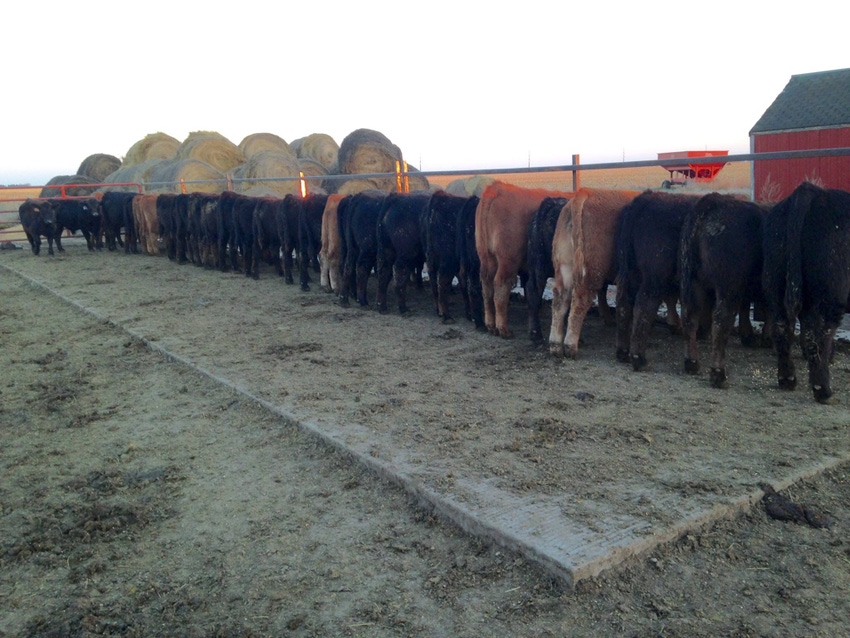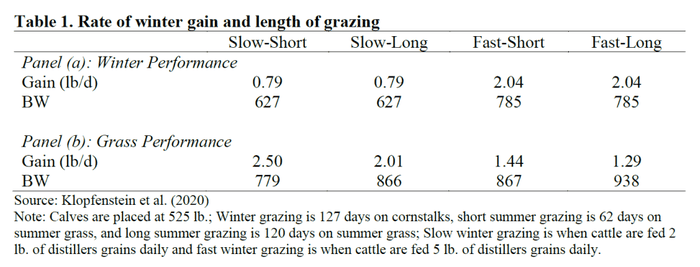In 2022, most of the receipts are coming from cattle weighing less than 600 pounds.
November 2, 2022

Cumulative national feeder and stocker cattle receipts are slightly lagging both 2021 and the 5-year average (2017-2021) at 12,098,700 head through Oct 21. In 2022, more of the receipts are coming from cattle weighing less than 600 lbs. and heifers – both signals that the drought in various parts of the United States is affecting feeder and stocker cattle being sold.
Cow-calf producers who still have calves are in the process of deciding whether to sell or retain weaned calves. This decision must consider both the cost to put on the additional weight (total amount, quality, cost of feed resources, etc.) and the expected price received when cattle are sold at higher weights (at current and future basis-adjusted prices). The difference between these two is profit but only on the additional weight gained. Positive values indicate that profits could be made by retaining feeder cattle this fall.
Survey work from the University of Nebraska – Lincoln shows that producers can use a combination of price risk management and different lengths in their production system as a hedge against adverse price movements. Putting on weight during the winter and selling in March-April or selling in the late summer are the two common backgrounding production systems in Nebraska. Within these two systems, total weight gain can be influenced by the type of feed given. Table 1 shows group-level trial data for these two types of systems in Nebraska. Gain can either be fast or slow in either the winter stocking 2022-23 and summer grazing 2023 seasons. These decisions impact the total weight gained at each phase and thus the time and weight feeder cattle enter feedlots.

The value-of-gain for the two wintering scenarios (slow vs. fast) is calculated using 66 head of 525 lb. weaned steers bought on Nov 2, 2022, and sold in Lexington, NE on March 9, 2023, using Beef Basis. The value of gain for the slow winter performance using an ADG of 0.80 lb/d is $198.96/cwt. The value of gain for the fast winter performance using an ADG of 2.05 lb/d is $137.45/cwt. Within each of these production systems, there is little advantage of speeding up or slowing down the cattle since the value-of-gain does not vary substantially between the two weeks before or after the proposed sell date (see Table 2).

These calculations are specific to cattle sold in Lexington, NE, and producers making decisions about whether to retain cattle should re-calculate the value of gain for their location using tools such as those available at Beef Basis. Similarly, these values are for current prices and historical basis. Under no price risk management, the actual price received will differ. If price risk management tools are used such as CME futures or options or RMA Livestock Risk Protection, producers some of this risk by “locking in” an output price but are still subject to basis risk.
Producers who retain cattle over the winter should re-calculate the value of gain for cattle in the Spring as they come off cornstalks or winter grazing to determine if the market is still willing to pay them to put on yet additional weight.
You May Also Like



